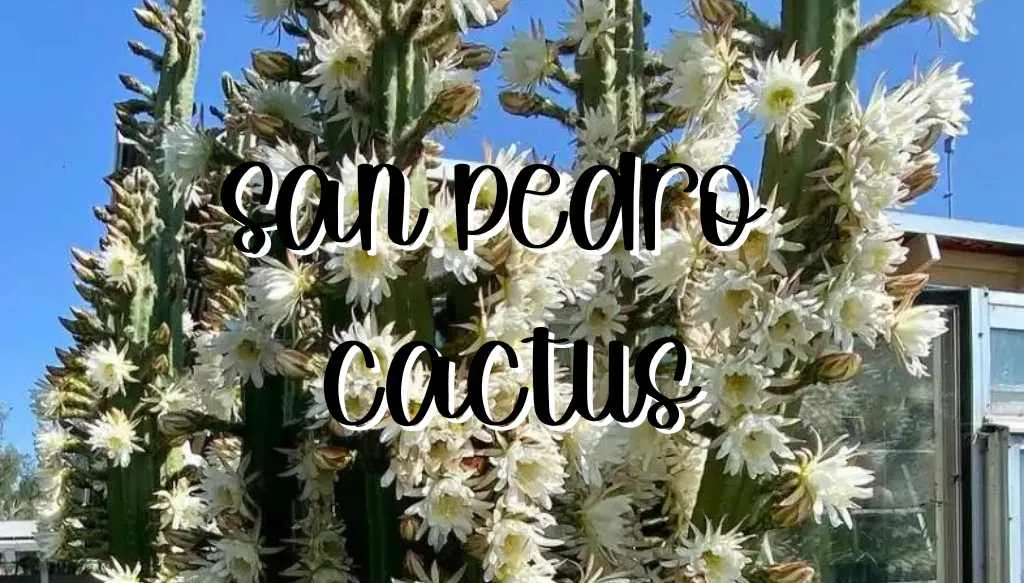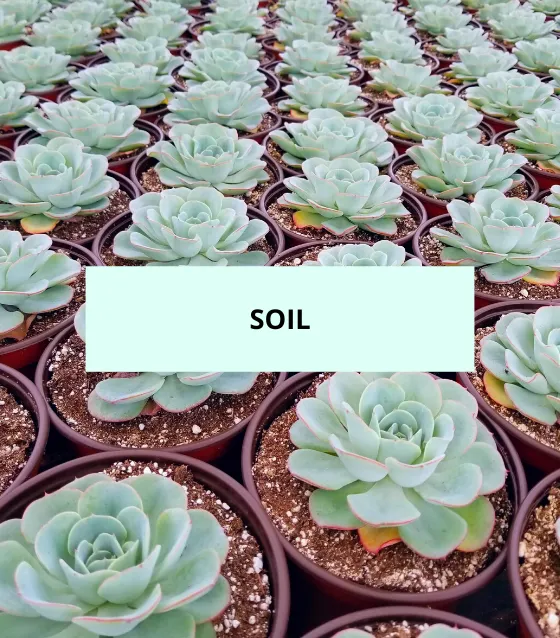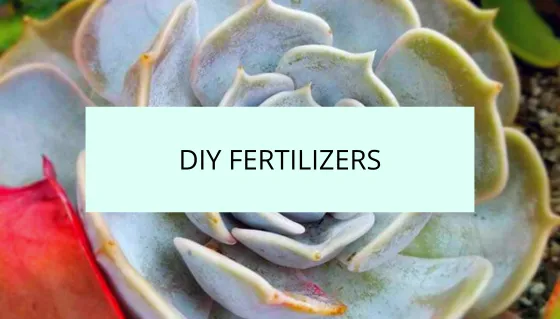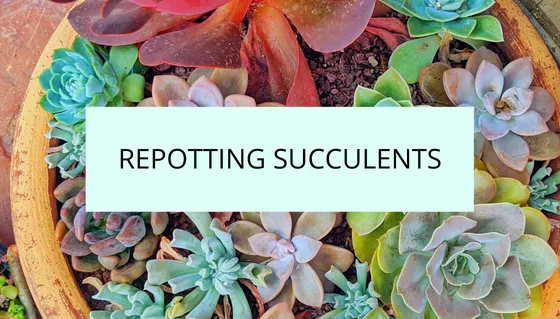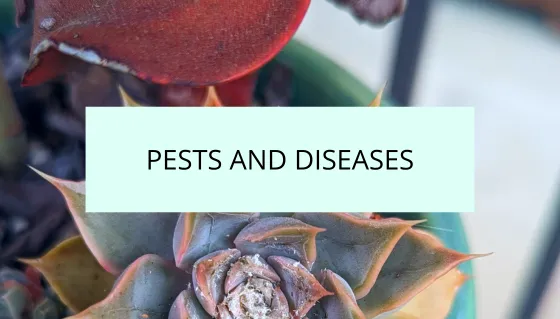Welcome to our quick guide on the San Pedro Cactus! If you’re already a succulent lover, you’ll appreciate the unique characteristics of this fascinating plant. In this article, we’ll explore the appearance, growth, blooming, toxicity, and propagation methods of the San Pedro Cactus. So, let’s dive in and discover what makes this succulent so special.
Dig in!
Appearance and Growth
The San Pedro Cactus, scientifically known as Echinopsis pachanoi, is a stunning columnar cactus that can reach impressive heights. It features tall, ribbed stems that grow upright, forming a majestic and distinctive appearance. These columns can grow up to 20 feet (6 meters) in height, creating an impressive focal point in any succulent collection or garden.
When you’re rooting or transplanting your succulents and cacti, use SUPERthrive to help reduce the chance of transplant shock and grow a strong root system.
The stems of the San Pedro Cactus are typically light to dark green in color and have pronounced vertical ribs. These ribs give the cactus a segmented appearance, adding to its visual appeal. The stems are covered in small spines, which can vary in color from yellowish to brownish. These spines, although present, are generally not very sharp or dangerous.
Flower Color and Blooming Season
The San Pedro Cactus produces large, trumpet-shaped flowers that are a treat to behold. The flowers typically bloom at night and are known for their captivating fragrance. The color of the flowers can vary, but they are often a dazzling white or creamy yellow, which contrasts beautifully against the green stems.
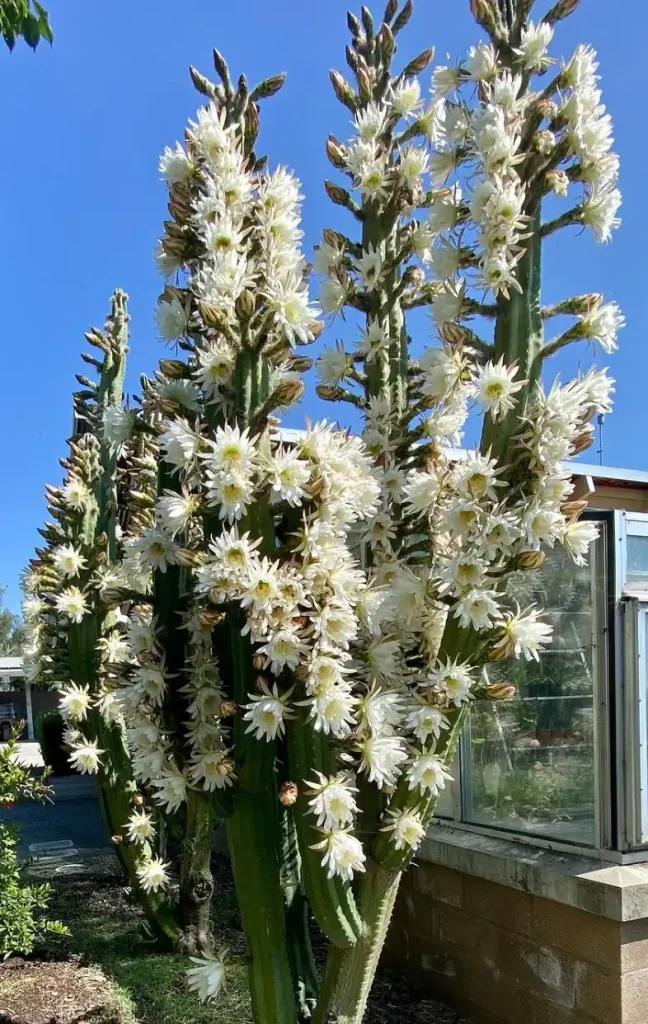
In terms of the blooming season, the San Pedro Cactus typically flowers during the spring and summer months. The exact timing may vary depending on the growing conditions and the maturity of the plant. The blooming period can last for several days, and the flowers are known to attract pollinators such as bees and moths.
Toxicity
When it comes to the toxicity of the San Pedro Cactus, it is important to exercise caution, especially if you have pets or small children. The cactus contains alkaloids, including mescaline, which can have psychoactive effects when ingested. These effects can be harmful or even dangerous, so it’s crucial to keep the plant out of reach and discourage any chewing or ingestion.
As an Amazon Associate I earn from qualifying purchases at no additional cost to you.
Fix the pest problem on your succulents and cacti with these popular insecticides.
Additionally, handling the cactus without proper protection, such as gloves, can cause skin irritation due to the spines. It’s advisable to take precautions when handling the San Pedro Cactus to avoid any discomfort or allergic reactions.
Propagation Methods
If you’re interested in propagating the San Pedro Cactus, there are a few methods you can try:
- Offsets: The San Pedro Cactus produces offsets, also known as “pups,” around the base of the mature plant. These offsets can be carefully separated from the parent plant when they have developed their own root system. Gently remove the offset, ensuring it has some roots intact, and plant it in well-draining soil. Water sparingly at first and gradually increase the frequency as the new plant establishes itself.
- Seeds: Propagating the San Pedro Cactus from seeds is another option, although it requires patience and time. Collect mature seeds from the plant’s fruit, which typically develops after flowering. Sow the seeds in well-draining soil and lightly cover them. Keep the soil slightly moist and provide warmth and indirect light. Germination can take several weeks or even months, but with proper care, new seedlings will emerge.
- Stem Cuttings: Stem cuttings can be used to propagate the San Pedro Cactus, although this method is less common. Select a healthy stem and use a clean, sharp knife to cut a section that is a few inches long. Allow the cutting to dry and callus for a few days. Once calloused, plant the stem cutting in well-draining soil, burying it partially. Ensure the soil is slightly moist and provide indirect light. Over time, the cutting will develop roots and grow into a new plant.
By utilizing these propagation methods, you can expand your collection of San Pedro Cacti and enjoy the beauty and grandeur of this remarkable succulent.

Consider amending your soil with Bonsai Jack’s gritty mix to ensure your succulent soil drains quickly to prevent it from staying moist for too long. Source: Etsy
The San Pedro Cactus, with its tall columnar stems, striking flowers, and potential for impressive growth, is a captivating addition to any succulent collection or garden. While it requires caution due to its toxicity, proper care and handling can ensure a safe and enjoyable experience. Whether you choose to propagate through offsets, seeds, or stem cuttings, the propagation process can be rewarding for succulent enthusiasts. Consider adding the San Pedro Cactus to your collection and enjoy the allure it brings to your indoor or outdoor spaces.

